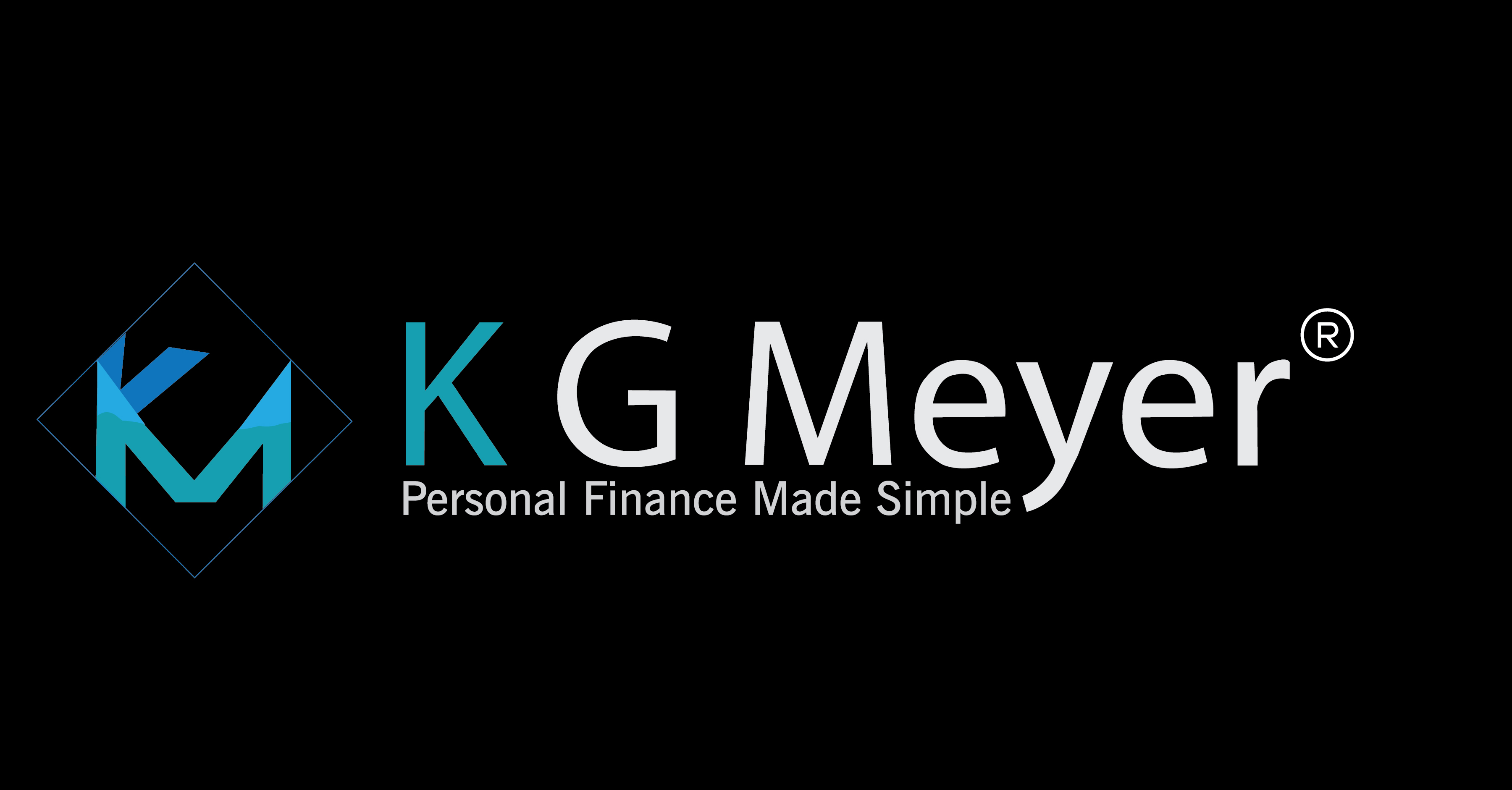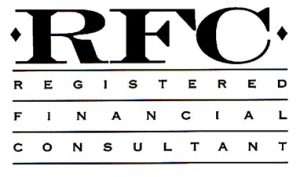In today’s world of corporate America, it is increasingly left to the individuals to fund their retirement. Basically, gone are the days of company pensions of defined benefit plans, and we are in a world where defined contribution plans rule the world of retirement. When it comes to retirement people, have few choices that are tax-advantaged, and we will examine the 401(k) and IRA in this post. But it is important also to know that the use of annuities can and do have places in retirement plans. If you need help also consider the use of a qualified financial planner.
The three most common and relevant ways in which someone can plan for their retirement is through the use of 401(k) type accounts, Traditional IRA’s and ROTH IRA’s. While IRA’ can be opened by just about anyone the 401(k) plans are through people’s place of employment. In the 401(k) plan an employee elects to invest a percentage of their paychecks, normally before taxes being deducted, into an account that then grows tax-deferred.
As I mentioned earlier, the IRA accounts may be opened by most people through financial institutions such as brokerage houses, mutual and exchange-traded funds sponsors, and banks. In the case of a Traditional IRA, the contributions are made on a pre-tax basis just like most 401(k) plans. In ROTH IRA’s the contributions are made on an after-tax basis and are subject to income limitations we will examine a bit later.
Now it is good to note that some companies do offer 401(k)’s in the same manner as ROTH IRA’s when contributions are made on an after-tax basis. In ROTH accounts the money grows tax-deferred, and all withdrawals are tax-free, unlike Traditional accounts which are taxed at ordinary income rates. In the case of ROTH accounts, the account must be opened for a minimum of 5 years and the owner at least 59 ½.
Contribution Limits
Now here is the meat of the post where we discuss the limits imposed on people when they contribute to their IRA and 401(k) accounts. Now the limits that the IRA has placed on 401(k) plans also applies to 403(b), 457(b), Thrift Savings Plans (TSP) and Salary Reduction Simplified Employee Pension Plans (SAR-SEP). In 2019 the limits imposed on these accounts is $19,000 for the year if you are under the age of 50 and for those over 50 they allow an additional $6,000 for a total contribution limit of $25,000.
For IRA’s in 2019, the annual contribution limits are $6,000 for those under the age of 50 and those over there in an additional contribution of $1,000 allowed. But with IRA’s there are some income restrictions that must also be considered when making contributions. For individuals, you must have an Adjusted Gross Income of less than $135,000, and for married filing jointly it is less than $193,000. If you make over these amounts, there is a phase-out that depends on if you or your spouse are eligible for employer-sponsored retirement plans.
Advantages of 401(k)’s
With many employer-sponsored 401(k) plans the employer will match a certain percentage of what the employee contributes to the plan. For instance, the government will match the first 3% at a 100% match and percent 4-5 at 50%. This means if you contribute the full matched percentage of 5% you will have an automatic match of 4% for an instant profit to your account. This means that if your company has a matching program you need to contribute at least the amount that will be matched, or you are leaving free money on the table.
Maximize Your Retirement
So if you are under the age of 50 and maximize both an IRA and your 401(k) you can save $25,000 a year at 2019’s contribution limits, provided you also meet the IRA’s income guidelines. For those over the age of 50 you can with the catch, provisions contribute a maximum of $32,000 under 2019’s guidelines. While many people will not be able to maximize their retirement contributions, they do need to save at least 10% of their pre-tax salary if not more. Ideally, a family or person should save 15% of their salary in a retirement account to ensure that they will be able to retire in the lifestyle that they are accustomed to while they were working.
If you need assistance or have any comments, please feel free to leave them here or contact me directly. Also, if you need assistance or general financial planning feel free to contact me directly for further assistance.
For a free PDF book on financial planning, please sign up for my email newsletter on the form below.



